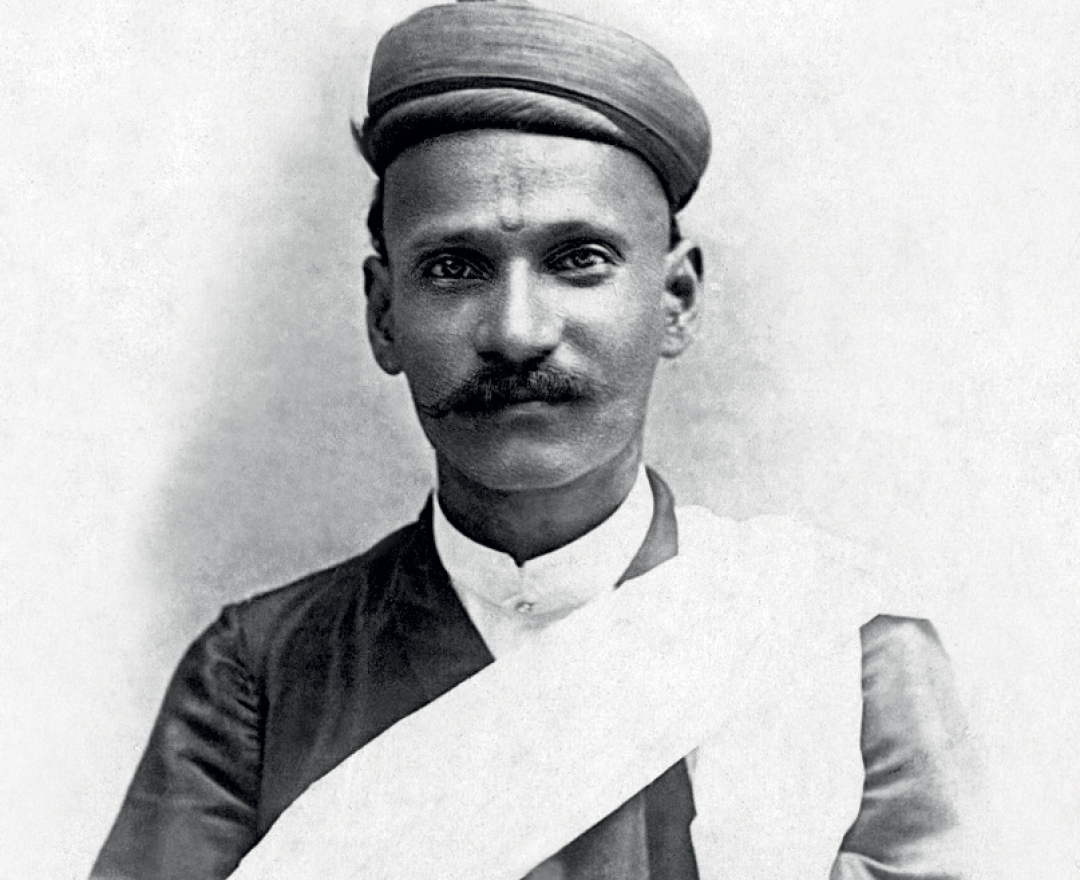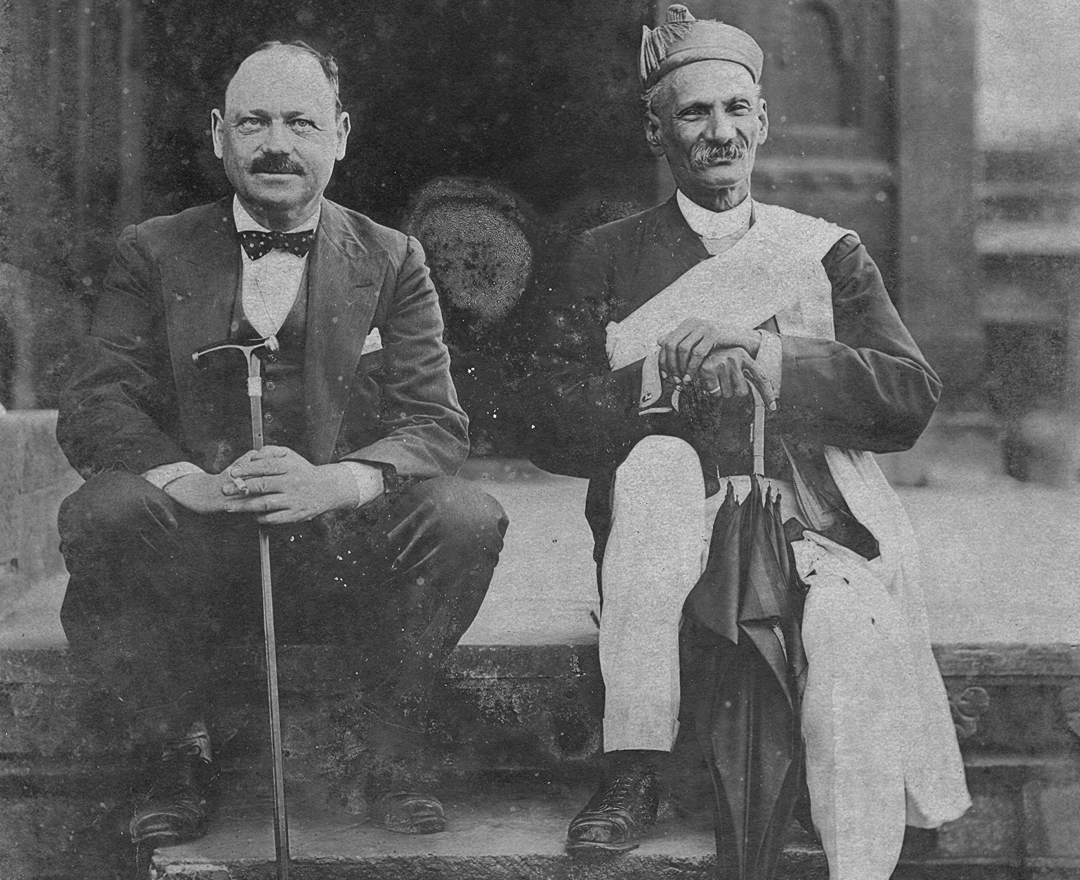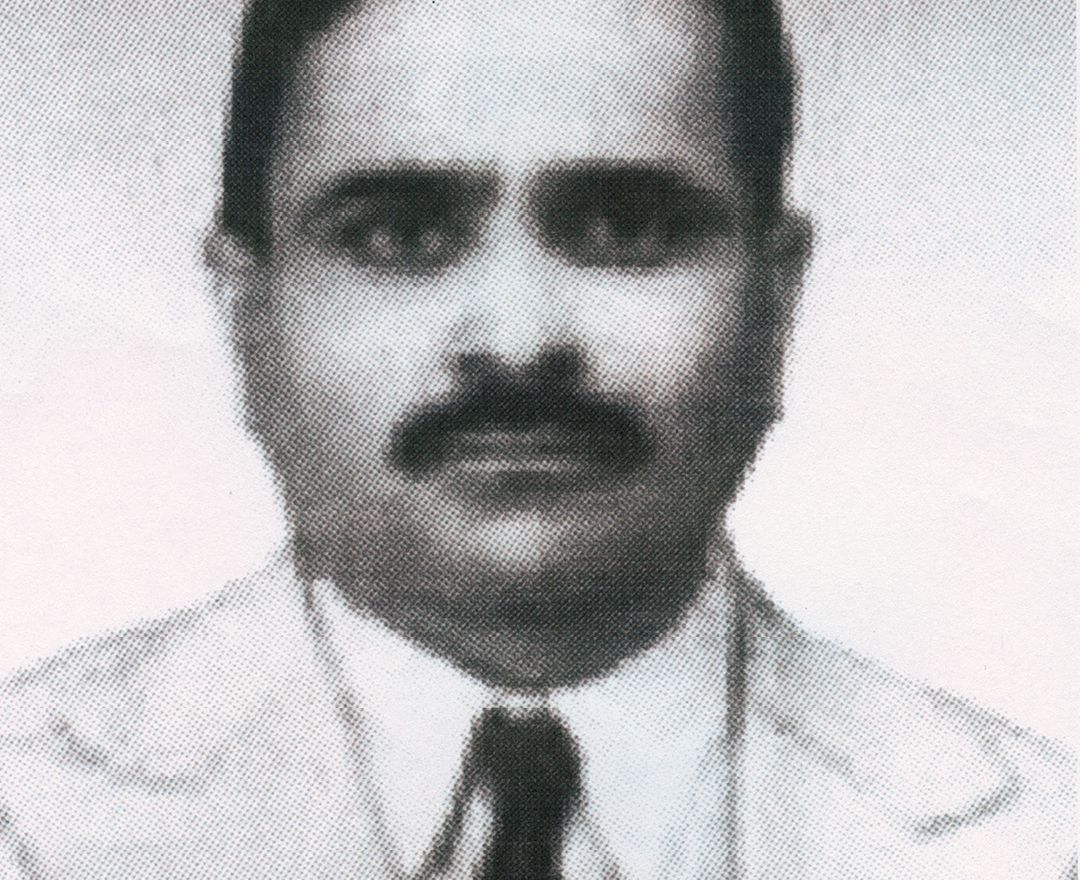L. N. Taskar
L. N. Taskar
L. N. Taskar
|
1870 - 1937 L. N. Taskar |


‘…it was the local setting for the community in action that was mastered by Taskar’
ROOBINA KARODE
artworks
dag exhibitions
|
‘Indian Landscapes: The Changing Horizon’ |
|
DAG, New Delhi, 2012 |
|
‘Manifestations VII: 20th Century Indian Art' |
|
DAG, New Delhi, 2012 |
|
‘Indian Portraits: The Face of a People’ |
|
DAG, New Delhi, 2013; Mumbai, 2014 |
|
‘New Found Lands: The Indian Landscape from Empire to Freedom’ |
|
DAG, New York, 2021; Mumbai, 2021-22 |
notable collections
|
Chhatrapati Shivaji Maharaj Vastu Sangrahalaya, Mumbai |
|
Sri Bhavani Museum, Pune |
|
Kerala Museum, Thiruvananthapuram |









